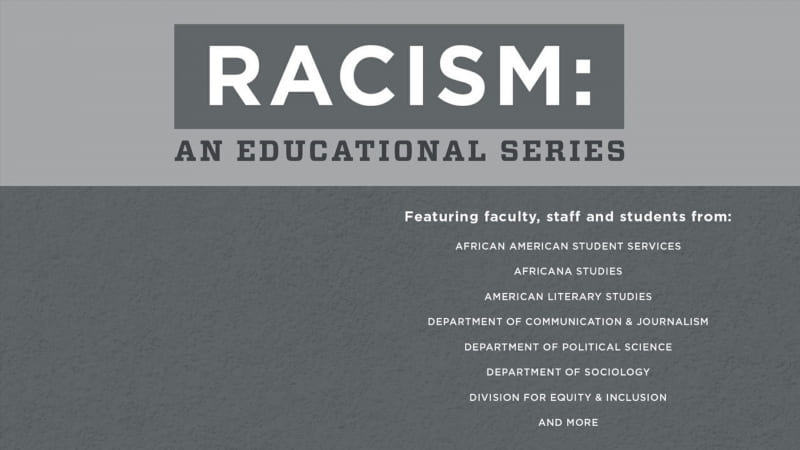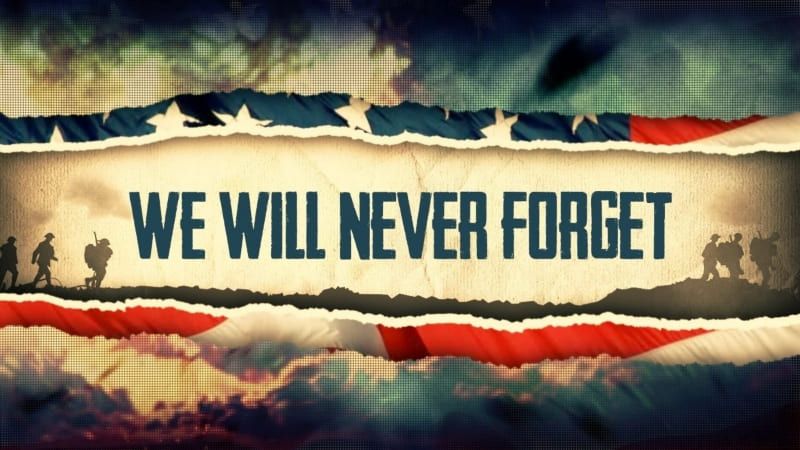Remembrance Day, commonly referred to as Armistice Day in some parts, isn’t just a date on the calendar. It’s a solemn day that carries profound weight. Falling on November 11th each year, this day commemorates the brave soldiers who laid down their lives during World War I and subsequent conflicts. But why this specific day? Well, it marks the official end of WWI – 11 a.m., 11th November 1918, to be exact. Imagine the streets, once teeming with life, standing still in a poignant silence. Can you hear the echoes of past battles?
A Brief Historical Backdrop

So, why do we call it Remembrance Day? The origin story is a powerful one. After the ravages of WWI, communities were in mourning. So many lives lost, families torn apart, and futures altered forever. In the aftermath, the member states of the British Commonwealth adopted this day to remember their fallen heroes. But it wasn’t just a British thing. Countries around the world started to observe this day, each tailoring it to their national history and narrative.
The Red Poppies: More than Just a Flower
Ever seen a sea of red poppies and wondered what they represent? The red poppy became synonymous with Remembrance Day thanks to the poem “In Flanders Fields” penned by Lieutenant Colonel John McCrae. Poppies were the first flowers that grew on the war-ravaged battlefields. They came to symbolize hope, life, and the resilience of human spirit amidst devastation. Today, you’ll see folks wearing them pinned to their clothes, a silent nod to those who can’t tell their tales anymore.
The Ceremonies and Rituals: Honoring the Fallen
Across nations, Remembrance Day is marked by solemn ceremonies, laying of wreaths, and moments of silence. Let’s delve deeper into some of these rituals that bring millions together in remembrance.
- Two-Minute Silence: The most widespread ritual is the two-minute silence. It’s a moment when time seemingly stands still. Streets become silent, and people pause from their daily hustle. A moment to reflect, remember, and respect.
- Laying of Wreaths: This is an age-old ritual, where wreaths are placed at memorials. The circular shape signifies eternity, a reminder that the memories of the fallen will never fade.
- Memorial Services: Various religious and secular services are held. Stories of valour are recounted, and homage is paid.
- Marches and Parades: Veterans and military personnel often march, showcasing unity and camaraderie.
Check out the ceremonies on BBC’s official website or Wikipedia’s detailed page on Remembrance Day for more insights.
How Can We, The New Generation, Uphold the Tradition?
You might think, “That’s history! Why should it matter to us?” But hey, isn’t history what shapes our present and future? Engaging with our past, especially such significant events, helps us understand our present better.
- Educate Yourself: Dive into documentaries, read articles, or even better, sit down with a veteran. Listen to their stories.
- Participate Actively: Join the local parades, attend memorial services, or simply observe the two-minute silence.
- Spread Awareness: Talk about it. Write about it. Post about it. Let the world know.
- Donate: Many organizations work towards the welfare of war veterans. Every small contribution counts.
The Larger Picture: Why Remembrance Matters?
“War does not determine who is right, only who is left.” This quote hits hard, doesn’t it? Remembrance Day isn’t just about remembering; it’s a reminder. A reminder of the horrors of war, the price of freedom, and the need for peace. It’s a day that compels us to reflect on the past and hope for a better future. As time goes on, it’s crucial for us, the newer generations, to keep the torch of remembrance burning bright. After all, aren’t we all just stories in the end? Let’s ensure these stories are never forgotten.







